Objects Crafted from Organic Inspiration!
- Johanne Morin

- Aug 11
- 2 min read
Updated: Aug 20
How Nature's Muse is Shaping Industrial Design.
Grounded in Nature, Created for Nurture
In the world of design, nature is an endless source of inspiration. From the intricate patterns of leaves to the structural efficiency of a honeycomb, nature provides a roadmap for creating furniture and fixtures that are functional, sustainable, and beautiful. Biomimicry, the art and science of designing based on natural forms, systems, and processes, has revolutionized the way we think about furniture. It’s not just about aesthetics—it’s about aligning with nature’s principles to create innovative and harmonious designs.
What is Biomimicry in Furniture Design?
Biomimicry in furniture design involves emulating nature's shapes, structures, and processes to create pieces that are both functional and sustainable. It’s about designing furniture that mimics the strength of tree branches, the adaptability of roots, or the fluidity of water while enhancing the user’s experience.
Why Biomimicry in Furniture Design Matters
Sustainability: Nature operates with efficiency, and biomimicry applies this principle to furniture design. By using minimal materials and renewable resources, designers can reduce waste and environmental impact.
Ergonomics: Nature’s forms are inherently human-friendly. Biomimetic furniture often prioritizes comfort and support, making it ideal for everyday use.
Aesthetic Connection: Furniture inspired by nature creates a calming and harmonious atmosphere. Organic shapes and natural textures resonate deeply, fostering well-being and connection to the environment.
How Biomimicry is Shaping the Future of Furniture Design
The future of furniture design lies in embracing nature’s wisdom. From 3D-printed pieces inspired by coral reefs to flexible materials that mimic skin’s elasticity, biomimicry is pushing the boundaries of what’s possible. Designers are increasingly turning to natural solutions to address challenges such as resource scarcity, durability, and user comfort.
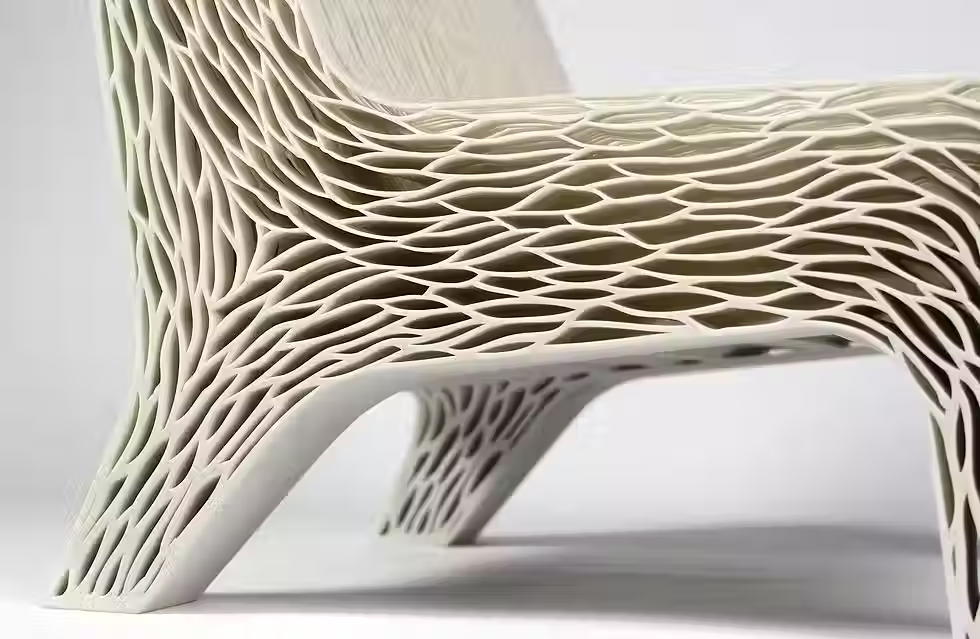
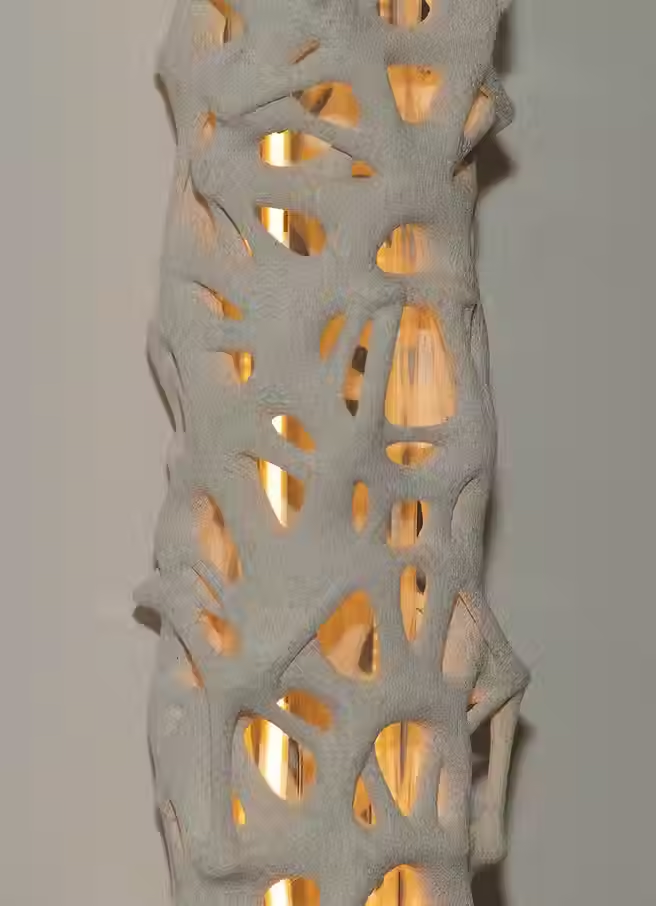
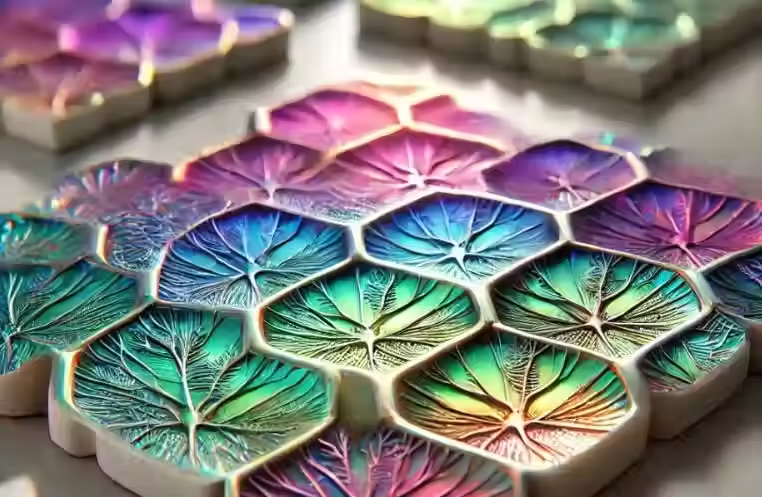
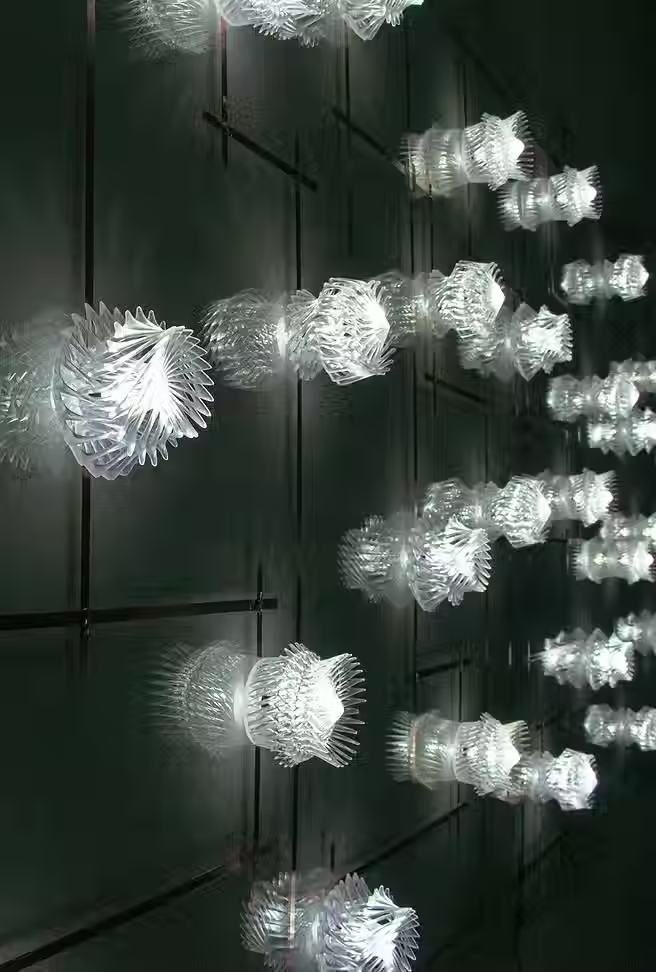
Incorporating Biomimicry into Your Space
Bringing biomimetic furniture into your home or office can transform your environment:
Opt for pieces that mimic organic forms, such as flowing lines and curved edges.
Choose materials that are sustainable and eco-friendly, like bamboo or recycled wood.
Combine natural textures with functional designs to create a space that feels grounded and inspired.
Biomimicry in furniture design is more than a trend—it’s a movement that bridges the gap between nature and innovation. By learning from the natural world, designers are creating furniture that not only serves its purpose but also nurtures a deeper connection to the planet. Next time you sit in a chair inspired by the curve of a leaf or use a table modeled after a honeycomb, remember: nature has always been the best designer.
Resources
Related Article
Biomimicry in Furniture Design by Science Direct Magazine

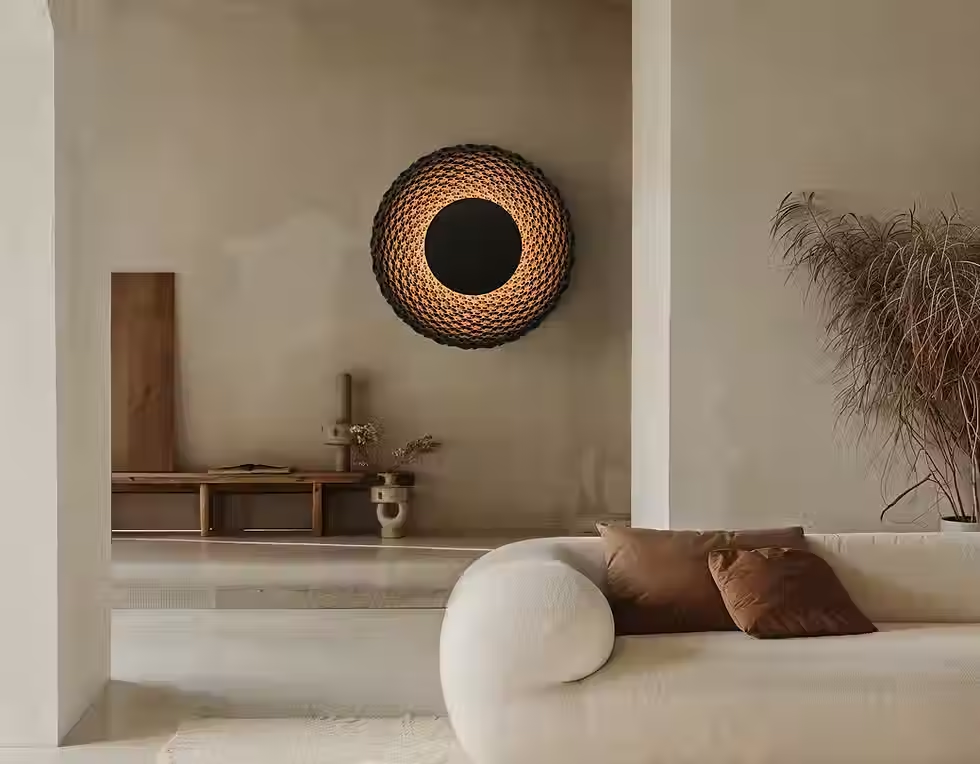

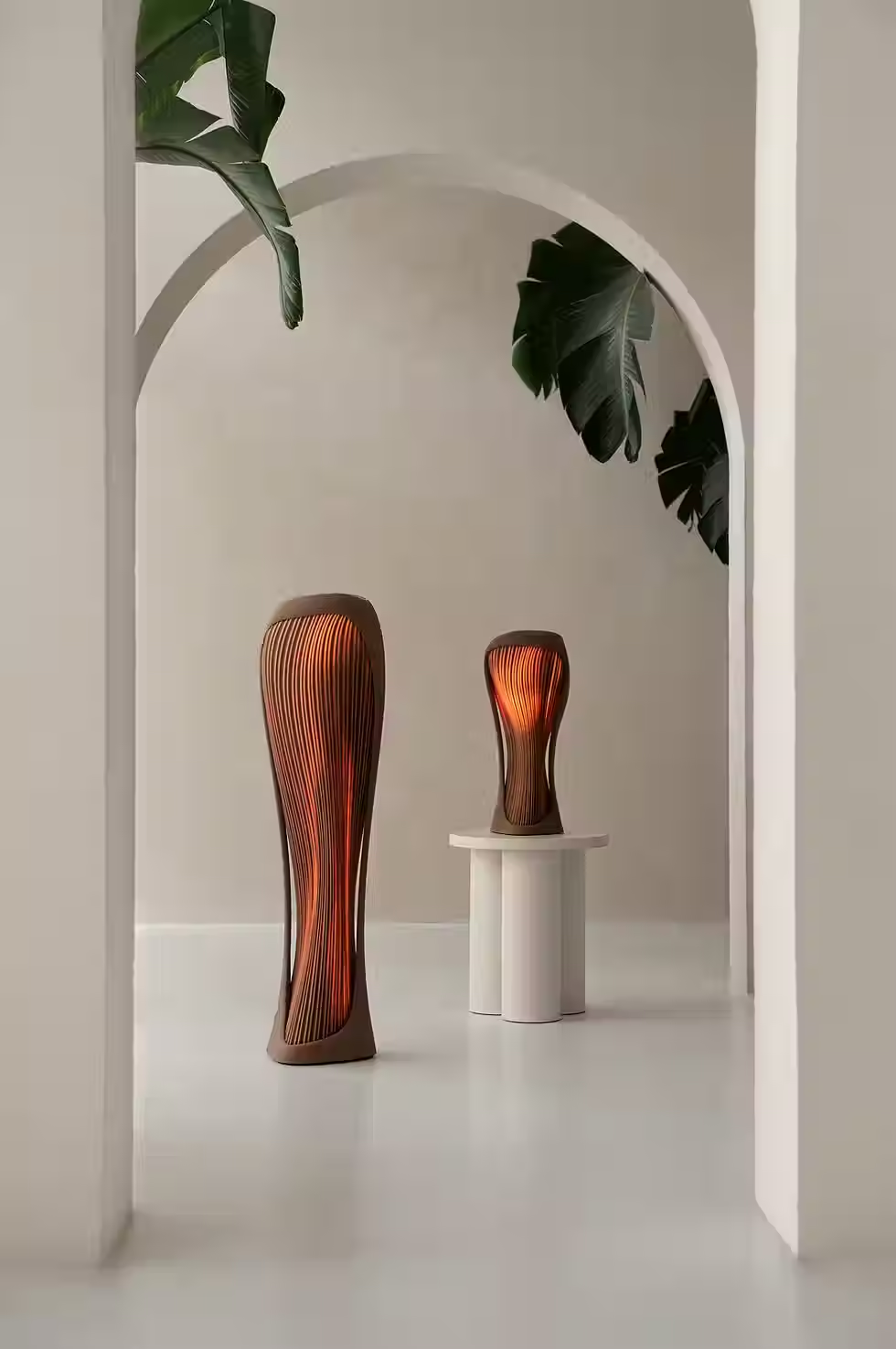



Comments